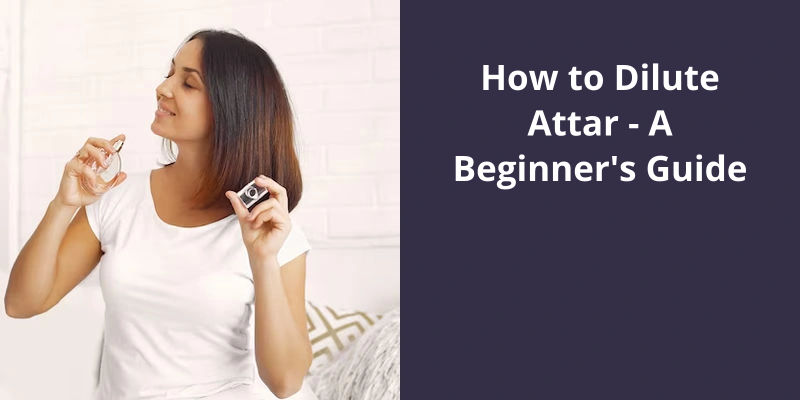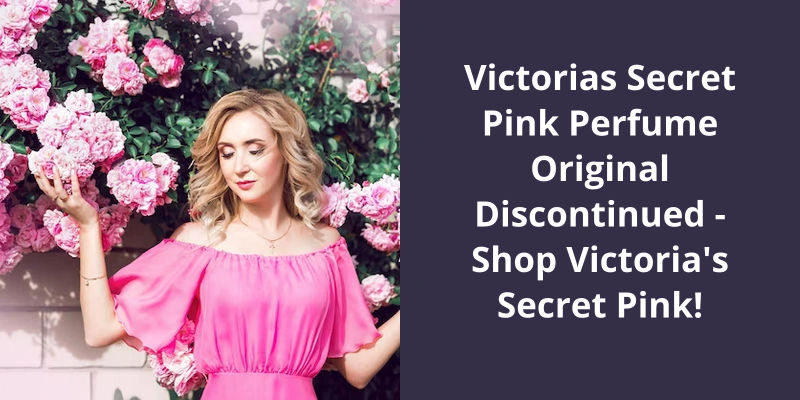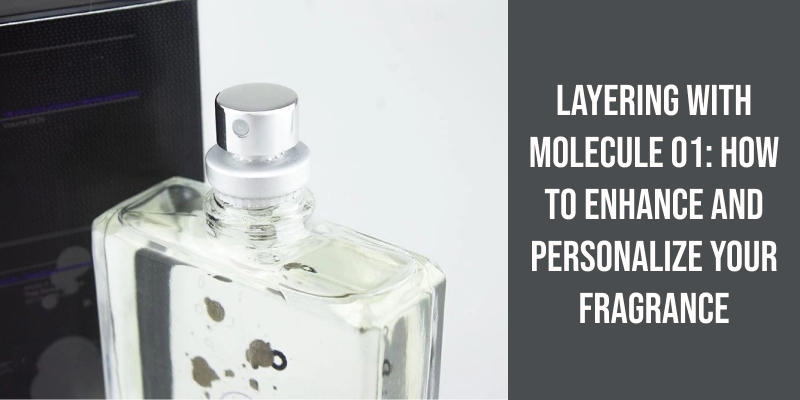To dilute Attar, you’ll need a carrier oil like jojoba or sweet almond oil, which doesn’t have a strong smell of its own. Start by adding a few drops of the Attar to the carrier oil, mixing them together. Take care to add the Attar slowly because it has a much stronger scent. Once you’ve added it, shake the mixture well to ensure the Attar and carrier oil blend together. Remember to try the diluted mixture on a small patch of skin to ensure it’s not too strong. Keep modifying the proportion of Attar to carrier oil until you achieve the desired strength. proper storage is also needed to keep the diluted Attar fresh for a longer period. It’s best to store it in a cool, dark place and in a glass container to prevent any chemical reactions.

How Do You Make an Attar?
Attar, also known as Ittar or natural perfume, is a highly concentrated fragrance oil that’s extracted mainly from herbs, flowers, and natural aromatics. Making attar is an art form that’s been passed down through generations in various cultures of the world. The process can be quite complex, but it’s also relatively easy and affordable to make your own attar at home.
Carrier oil is an essential ingredient in the making of attar. It serves as a base and helps to dilute the essential oils, making them safe to use. Take the carrier oil of your choice and add it to a mixing jar.
After adding the carrier oil to the mixing jar, it’s important to store it in a cool and dry place to ensure that it isn’t exposed to direct sunlight or moisture. The container should be tightly sealed to prevent any air from entering and contaminating the oil.
The next step in the process involves allowing the oil to steep for 48 hours. During this time, the essential oils infuse with the carrier oil, creating a rich fragrance. After 48 hours, adding about 5 drops of glycerin and three spoonfuls of water to the oil helps to blend everything together well. Mixing well is essential to ensure that the glycerin and water are dispersed throughout the oil properly.
Once you’ve mixed everything to perfection, your attar is now ready for use. To ensure that the fragrance is at it’s best, it’s best to allow the attar to mellow for a few days before using it. This allows the fragrance to blend and the scent to become stronger.
It’s important to note that different essential oils should be used in different proportions. Some oils may be stronger than others, and adding too much can result in an overpowering scent. It’s also recommended that you use organic essential oils to prevent any chemical contamination in your attar. The quality of the oils, coupled with the careful blending and storage, make all the difference in the finished product.
Essential oils and attars have a lot in common, as they’re both extracted from natural sources and can have aromatic and therapeutic properties. However, there are some differences between the two that are important to note. One question that often arises is whether essential oils can be used as attars. In this article, we will take a closer look at the similarities and differences between these aromatic substances and explore whether essential oils can be used as attars.
Can Essential Oil Be Used as Attar?
Essential oils and attars are both aromatic substances used in perfumery and aromatherapy.
Despite the similarities between essential oils and attars, it’s worth noting that not all essential oils make good attars, and not all attars are made from essential oils. Some essential oils may not have the sweetness or complexity that are characteristic of traditional attars, or they may not blend well with carrier oils, leading to a less than desirable scent or texture.
Some popular choices for attar-making include rose, jasmine, sandalwood, and oudh, among others.
One advantage of using essential oils as attars is that they can often be more cost-effective than traditional attars, which can be very expensive due to the difficulty and expense of sourcing and distilling rare or exotic natural materials.
With the right combination of essential oils and carrier oils, however, it’s possible to create exquisite and personalized attars that rival even the most traditional and expensive perfumes.
It’s important to understand the ingredients that make up traditional Attars or Itra, especially the oil used for distillation. Sandalwood oil is the most commonly used, but due to it’s high cost, other natural oils like Vetiver are also used by some manufacturers. However, it’s crucial to note that some manufacturers resort to using chemicals, which can compromise the quality of the Attar.
Which Oil Is Used in Attar?
Itra, also known as Attar, is a type of traditional perfume that originates from India. It’s a long history, dating back to the Mughal era. Attars are different from regular perfumes in that they’re made using natural ingredients, such as flower petals, spices, and wood. As such, they’ve a unique aroma that can’t be replicated by synthetic fragrances.
The production process of Attars involves distilling the natural ingredients over a base oil. The most commonly used base oil is Sandalwood, which is known for it’s woody and sweet fragrance. However, pure Sandalwood oil is very expensive, which is why some manufacturers use other natural oils like Vetiver (Khas) for distillation.
Vetiver oil is extracted from the roots of the Vetiver plant, which is native to India. It’s a strong, earthy fragrance that’s often used in perfumes and cosmetics. When used as a base oil for Attars, Vetiver can add depth and complexity to the fragrance, making it more enticing and long-lasting.
It’s important to note that not all Attars are made using natural ingredients. Some manufacturers use synthetic fragrances and artificial ingredients to produce Attars, which can be harmful to the skin and the environment.
Creating your own fragrance can be a fun and rewarding experience. However, it’s important to know the proper technique for mixing concentrated perfume in order to achieve the desired results. By following a few simple steps and waiting for the scent to develop over time, you can create a unique and long-lasting fragrance that’s truly your own.
How Do You Mix Concentrated Perfume?
When it comes to mixing concentrated perfume, an important factor to keep in mind is the 20-50-30 percent ratio. This means that 20 percent of the perfume should be composed of the base notes, which are the most long-lasting and impactful, followed by 50 percent of the middle notes, which provide depth and balance to the scent, and finally 30 percent of the top notes, which are the most volatile and provide the initial impression of the perfume.
To begin the mixing process, start by adding your base notes to the container. These can include ingredients such as vanilla, musk, or sandalwood, depending on the desired scent. Next, add in your middle notes, such as floral or fruity fragrances, followed by the top notes, which can include citrus or spicy scents. If you choose to add a bridge note, which helps to unite two different fragrances, add a few drops at this point as well.
Once all the ingredients have been added, it’s time to dilute the perfume. This is done to create a more wearable scent that’s less overwhelming than the concentrated mixture. Fill up the bottle with your preferred diluting agent, such as distilled water or a neutral oil like jojoba or grapeseed oil. Be sure to leave a bit of space at the top of the bottle to allow for shaking.
After adding the diluting agent, shake the bottle well to ensure that all the ingredients are mixed thoroughly. Then, let the perfume sit for at least 48 hours, allowing the fragrances to meld and develop. If desired, the perfume can be left to sit for up to six weeks, which will result in a stronger scent.
It’s worth noting that the type and quality of the ingredients used can greatly impact the final scent of the perfume. It’s also important to keep in mind the desired intensity of the fragrance when determining how much of each ingredient to add. Experimentation and careful measuring are key to creating a well-balanced and unique perfume.
Conclusion
In conclusion, the art of diluting attar requires a delicate balance between creativity and precision. A deep understanding of the numerous factors affecting the fragrance's concentration and longevity is essential in developing a bespoke blend that meets your specific requirements. Dilution using carrier oils, natural solvents, or distilled water can provide a milder scent, making it more pleasant and suitable for everyday use. However, it’s crucial to exercise caution as a little goes a long way, and overdiluting may affect the attar's quality and fragrance profile. With the right approach and techniques, you can unlock a world of beautiful fragrances and create your unique signature scent.





